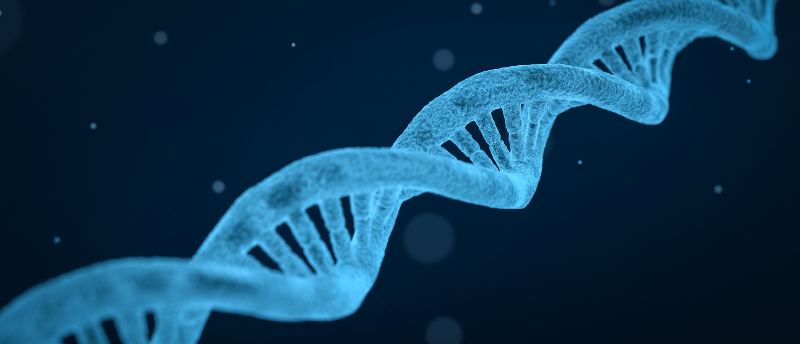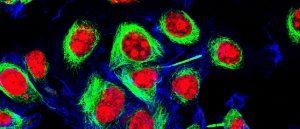New supermolecule could revolutionize artificial protein synthesis

Researchers have created the first supermolecule consisting of a DNA helix and peptide, made possible by changing the chirality of the peptide.
DNA and peptides are important biomolecules; however, these are infrequently found linked together in a single structure. It is thought this is due to their opposing chirality, or handedness. DNA is right-handed, whereas peptides are left-handed, so combining these biomolecules is rarely seen in nature, and difficult to achieve in the lab.
“Imagine you want to stack your two hands by matching each finger while both palms face the same direction. You will find out it is impossible to do. You can only do this if you can trick your two hands into having the same chirality,” says Hanbin Mao, who led this study (Kent State University; OH, USA) alongside Chenguang Lou (University of Southern Denmark; Odense, Denmark).
Now, this interdisciplinary research group has synthesized the first supermolecule consisting of a peptide and DNA helix. To overcome the issue of chirality, they managed to change the chirality of the peptide to match DNA’s right-handedness meaning these two structures could be bonded instead of repelling each other, resulting in this new artificial molecule.
 Controlling cells and proteins with new nanocomputing agents
Controlling cells and proteins with new nanocomputing agents
Researchers control the behavior of a cell for the first time, using nanocomputing agent-based logic-gates to activate proteins.
“This is the first study to show that the chirality of DNA and peptide structures can communicate and interact, when their handedness is changed,” explains Lou. The supermolecule’s structure is made using a three-stranded DNA structure, three oligonucleotides wound around each other, and a three-stranded peptide structure – the mechanical properties of which are reported in the study.
This new supermolecule could be used to synthesize nanostructures and artificial proteins in future, which is appealing as artificial proteins are more stable and reliable than natural proteins that can be damaged by chemical reagents, heat and UV light, for example. “Our next step will be to investigate whether it can be used to explain the cause of Alzheimer’s disease in which malfunctional peptides are culprits,” explains Mao.
This study also reports why the biological world is chiral, as Mao explains, “the answer is energy: the chiral world requires the lowest energy to maintain, therefore it is the most stable.”
The researchers hope this newfound ability to combine these two powerful molecular tools could lead to the next generation of nanotechnology and the development of more advanced nanostructures, for example, those that can detect diseases.